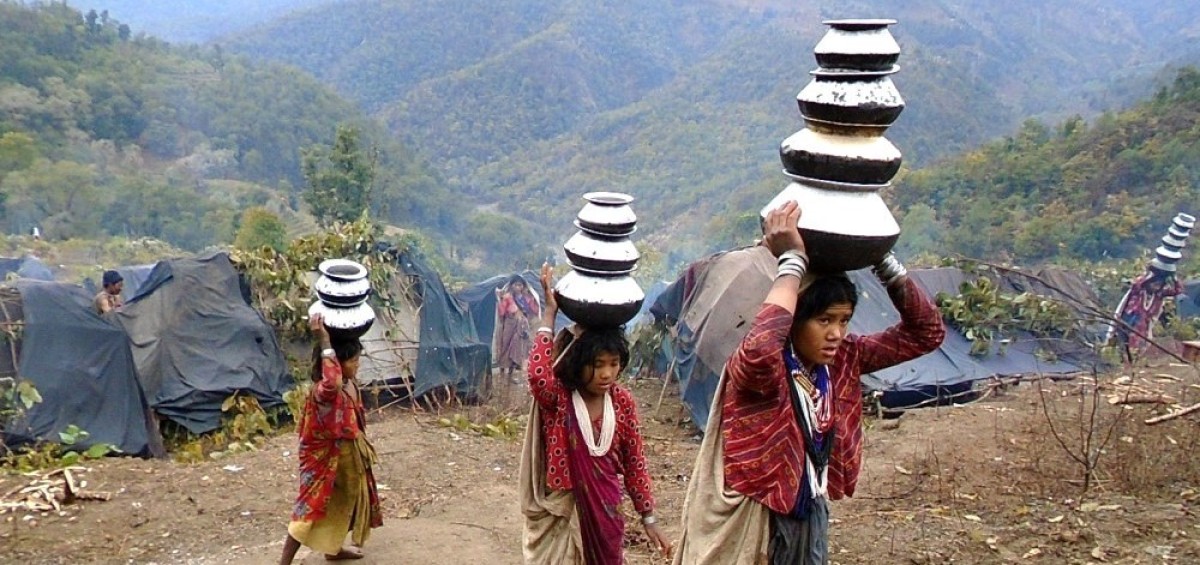
Tour feature: Nomadic culture and lifestyle of Raute's wild kingdom, 7th century artistic monument of Hindu and Buddhist - Kakre Bihar (recently rebuilt), beautiful temples and gardens, traditional villages, classic culture and culture programs of several Tharu tribes in Far west Nepal, adventure drive through Lesser Himalaya and Bardia National Park, medieval era artistic monuments in Kathmandu valley and panoramic scenic flight to the tallest mountain range on earth - the Himalaya (dozens of sky soaring snowy peaks including Mount Everest 8,848.86m).
Raute; the full nomads and hunter gatherer: The full nomads of entire Asia, the monkey hunters and the kings of the forests, the Raute people are roaming in the mid and far western Nepal forests for survival and existence. They don’t like to settle as a human being. They hunt the wild animals especially monkeys with their primitive aged weapons like sharp stones, sticks and net. They set temporary settlement of leaves, sheep wool blankets, bamboo mats and sometimes tents in the forests for maximum 3 months at a place. They move to new place to look for a good place where they can find wild roots, shoots, monkeys and source of pure spring water. They are very skilled in making wooden items that are exchanged with food items. They accept food, unstitched new cloth and money as a gift but never accept medicines, clothes (stitched), permanent settlement as human being and any kind of modernity...
Doing research on them and getting result of their life style and whole life circle can be the great achievement for the mankind because one side the age of science and technology; the 21st century is going on, people are leaping all over the universe and on the other side, a tribe of human being Raute is still moving in the forest for survival. We like to make documentary film of their life style for the generations to come which can be the subject of study. It will be the great research and achievement for all people in the world to know the ancient human civilization. They are the living example of ancient human civilization. We suggest everyone to buy their handmade products which may be the souvenirs for the international community and that may help them to survive. They only wander in the forests of Mid/Far western region of Nepal. We are native people and know their movement. So, we organize Raute culture as well.
Western Terai Tharu tribal culture and culture programs: We explore and study the classic culture and typical lifestyle of different clans of Tharu tribal people in west Nepal. We explore different clans of Tharu tribes - Dangaura, Katharia, and Rana, their traditional villages, classic culture and typical lifestyle. We also observe their very interesting culture programs.
Day03/04: Explore Raute nomad culture
After breakfast and taking pack lunch, drive to the nearest places of Raute mobile camps in the forest. Explore and study their nomad culture and nomadic lifestyle. You will have wonderful experience of their unique animistic nomadic culture, ancient civilization and the way of living.
Day 05: Drive to Dhangadhi, explore Katharia Tharu culture
Drive to Katharia Tharu village, explore their wonderful typical lifestyle, observe Katharia Tharu culture show. Unique well adorned Katharia Tharu women with typical clothing and ornament, look so beautiful and remarkable. Clay pots and basket type natural Dhakia on heads of the women while performing dance add more splendor.
Day 06: Dangaura Tharu village tour & culture programs
After breakfast, drive to Behedababa Temple premises. Many pilgrims from all parts of the region, Kathmandu and northern part of India visit this holy land to make their wish successful. Aunsi (dark fortnight) and Purnima (full moon) fairs are celebrated twice a month. Every year, there are very interesting three major festivals- Ganga Dashara Mela during June, Beheda Baba Mela during August and Maghi Mela in mid-January. After visiting this holy shrine, we drive back to Rampur Dangaura Tharu village.
The group will be greeted with very interesting culture performance. Explore their typical village where you will see traditional clay dung plastered houses made up of mud and hay. The thermal air conditioned houses have tiny windows for the light whereas the clay tile roofs are well ventilator. The outer walls of the houses are embossed with animals, birds and flowers figures. Clay horse representing their GOD placed in a separate hut just front of the house is really wonderful. Agro and forest based handmade household products handing in the roofs and walls look very interesting. Shed for cow, sheep, buffalos and pig attached with the houses is another attraction. This is the most traditional and dense Dangaura Tharu village with over 60 households.
We will walk through village to observe their typical lifestyle, watch their interesting activities. Boys and girls perform several dances separate and together in their traditional outfits. Tharuni (Tharu women) look so beautiful in their traditional outfits and ornaments.
Near the village there are lotus blooming 2 beautiful natural lakes where Dangaura people will show their way of fishing. Interested people can go for fishing and boating there. Drive back to hotel. Dinner and overnight.
Day 07: Rana Tharu village tour and culture programs, fly to Kathmandu, transfer to hotel
First half day is dedicated to the discovery of the Rana Tharu culture. After breakfast, drive to Rana Tharu village. Arrive the village inhabited by the ethnicity of Rana Tharu to discover together their traditions and to watch their dances and to discover their particular fishing system. In each village there is an official called Mahato/Badghar whose job it is to maintain the law and order. He is in effect the head of the village. In the village we will be able to observe their mud-built dwellings. The external walls are decorated in relief with images of animals and flowers. The clay horses represent their divinity and are placed in separate huts in front of their home. Products of the forest and vegetable gardens are hung to dry under the roofs of the houses. Have lunch, drive to airport, fly to Kathmandu, transfer to hotel. Dinner and overnight.
Day 08: Everest Panorama flight and sightseeing in Kathmandu
Early drive to domestic airport for mountain flight. It is an hour thrilling flight to the tallest mountain range on earth ‘Mt. Everest’ that takes you very close to the serene golden Himalayas. Everyone gets window seat to feel touching it, capture photographs and video clips. After the flight return to the hotel. Have breakfast. Relax till noon, have lunch then visit Kathmandu Durbar Square - the place of medieval era artistic Hindu temples, palaces, big bells, statues, traditional houses where you see interesting arts, architecture, classic culture, typical lifestyle and living goddess Kumari. Thereafter, visit Swoyambhunath stupa complex and Kalimati agro market. Dinner and overnight.
Day 09: Pashupatinath, Bouddhanath and Budhanilkantha tour
The day is dedicated to visit the following monuments. Thereafter farewell Nepali lunch by host family. Return to the hotel. Dinner and overnight.
Bouddhanath Stupa: In this place you can breathe the air of Tibet, because in the area lives the largest Tibetan community of Nepal, of which motions, have come here following the invasion of their country by China. The origins of this stupa are still unknown although it appears to have been built in the sixth century, at the time of the Tibetan king Srongsten Gompa, who had converted to Buddhism after marrying two wives, one Chinese and one Nepalese, both of Buddhist faith. It is the majestic largest stupa in Nepal. It was collapsed in 2015 earthquake but it’s rapidly rebuilt within 2 years in its original shape and size. Around the great stupa, many monasteries and shops have sprung up and every day dozens of faithful walk around its perimeter in a clockwise direction. The large white cap is often streaked with yellow / orange: it is the saffron powder thrown by the faithful as an act of devotion in honor of Buddha. Have lunch in Bouddhanath.
Pashpatinath: Then we visit Pashupatinath, the most important Hindu temple in the country, dedicated to one of the manifestations of Lord Shiva, Pashupatinath, a shepherd of animals, men and a symbol of fertility. The temple stands on the bank of the Bagmati river (born from the mouth of Shiva), where cremations take place. In the complex there is the Golden Temple, one of the most sacred temples of Nepal, whose access is allowed only to Hindus. Around the temple premises, there are hundreds of shrines built up in different dates from 5th century to the present. Drive to airport. In a clear day, sky soaring beautiful Himalaya panorama is seen from the right window seats of the plane. Upon our arrival in Dangadhi, transfer to hotel. Short tour to nearby market. Dinner and overnight.
Budhanikantha: Budhanikantha is a sacred place where only the Hindus faithful of Vishnu converge, the god of a thousand names, of various forms and incarnations who is also presented as the god Narayan lying on the cosmic ocean. In this temple, the stone statue of Vishnu lies stretched out in a tub full of water, on a bed formed by the coils of the eleven-headed serpent Ananta. Many are the faithful who come to this place, because this statue is loved and venerated throughout the valley. Only a man cannot see it and it is the king who only dared (representing himself an incarnation of Vishnu), would die from electrocution. Legend has it that the statue was found by a farmer plowing his field. His ploughshare bumped into something and he started to ooze blood and then he started digging and found the statue. It is about 5 meters high and could date back to the 7th / 8th century, at the time of the Licchavi.
Day 10: Program over, fly back home
Have breakfast, transfer to airport, fly back home.
Trip cost per person: US$1,999 // 1pax complimentary in every 11 paid guests in group.
Trip cost includes: All accommodation (twin sharing basis) & food; three meals a day -breakfast, lunch and dinner (except bar bill), insured crew (guide, assistants and drivers), culture programs, nomad culture and camp observation, all essential permits, all domestic transportation as per the itinerary, service charge and government taxes.
Trip cost does not include: International airfare, Nepal visa, your travel insurance, personal expenses (like laundry, communication, alcohol, cold drinks), tips to serving crew, emergency evacuation, extra cost due to natural and political causes such as landslides, unrest, strikes etc, expenses of extra hotel & other services abandoning the trip before/after scheduled, and cost not mentioned in includes section.
Payment system
Refund system
In case of trip cancellation in the last 10 days of group arrival, 50% of the deposited amount will be deducted. If the trip cancels 10 days before the group arrival, we settle the full amount in next trip.
Nomadic culture and lifestyle of Raute's wild kingdom, 7th century artistic monument of Hindu and Buddhist - Kakre Bihar (recently rebuilt), beautiful temples and gardens, traditional villages, classic culture and culture programs of several Tharu tribes in Far west Nepal, adventure drive through Lesser Himalaya and Bardia National Park, medieval era artistic monuments in Kathmandu valley and panoramic scenic flight to the tallest mountain range on earth - the Himalaya (dozens of sky soaring snowy peaks including Mount Everest 8,848.86m).
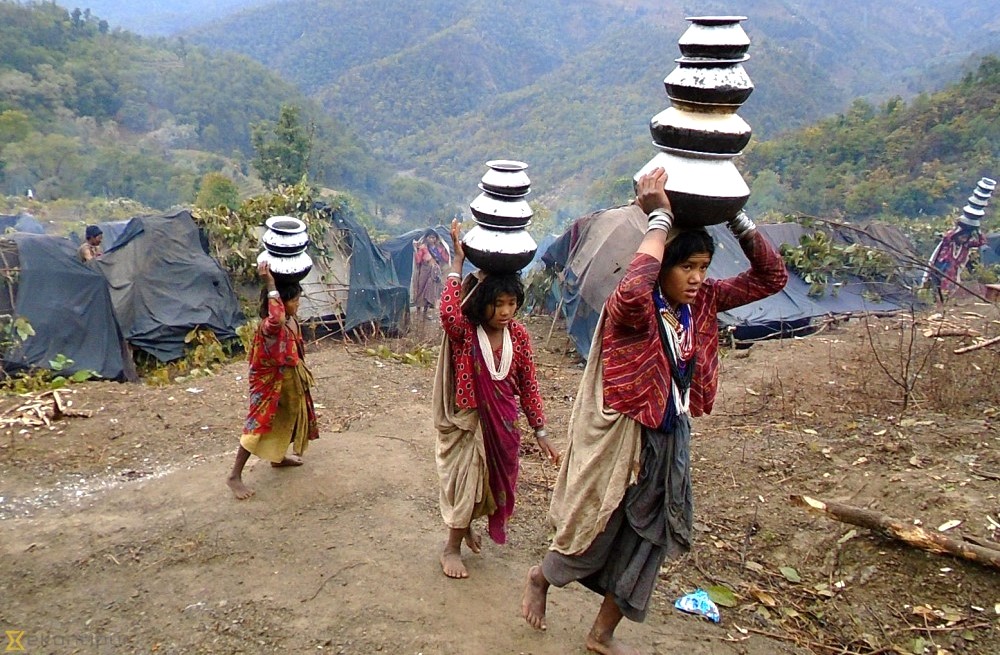
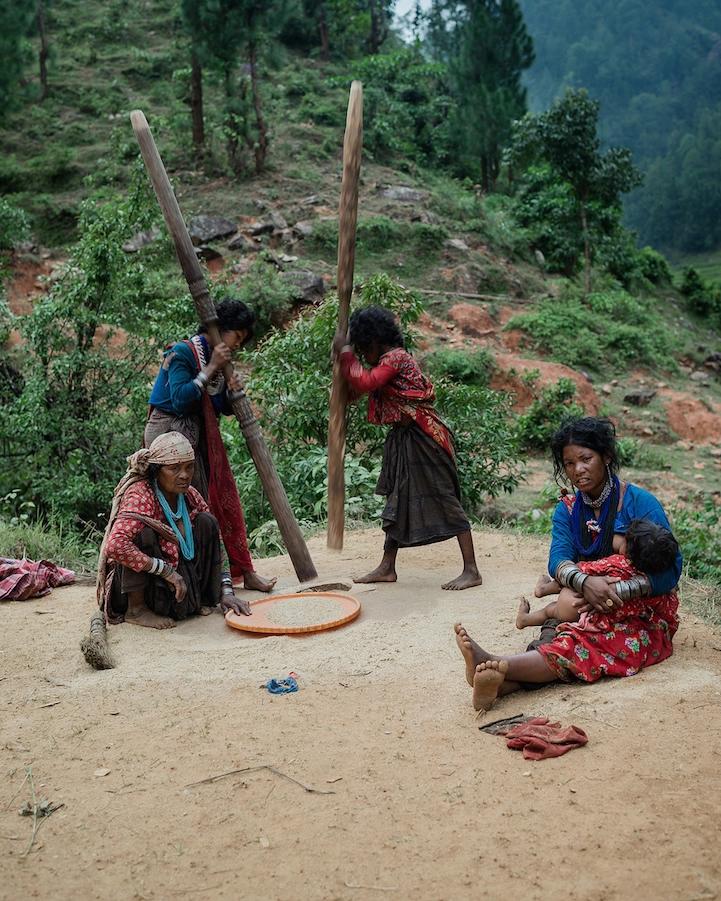
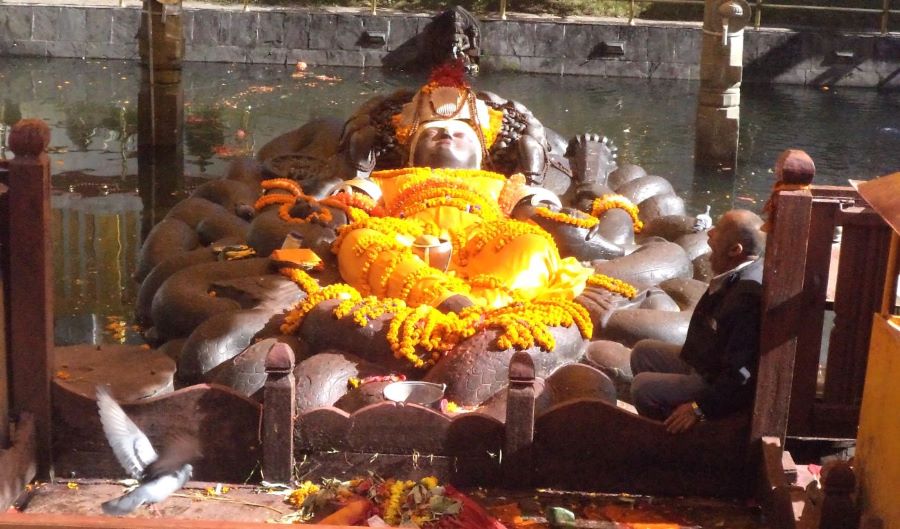
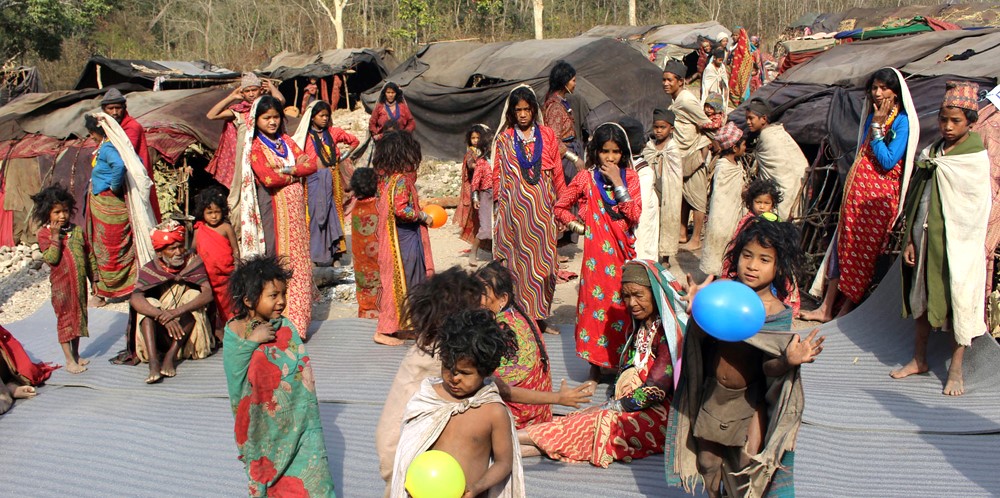
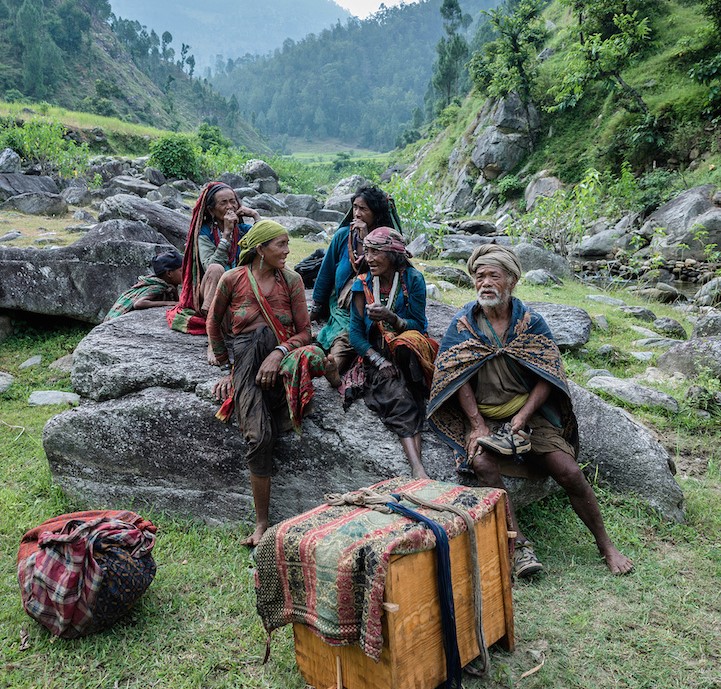
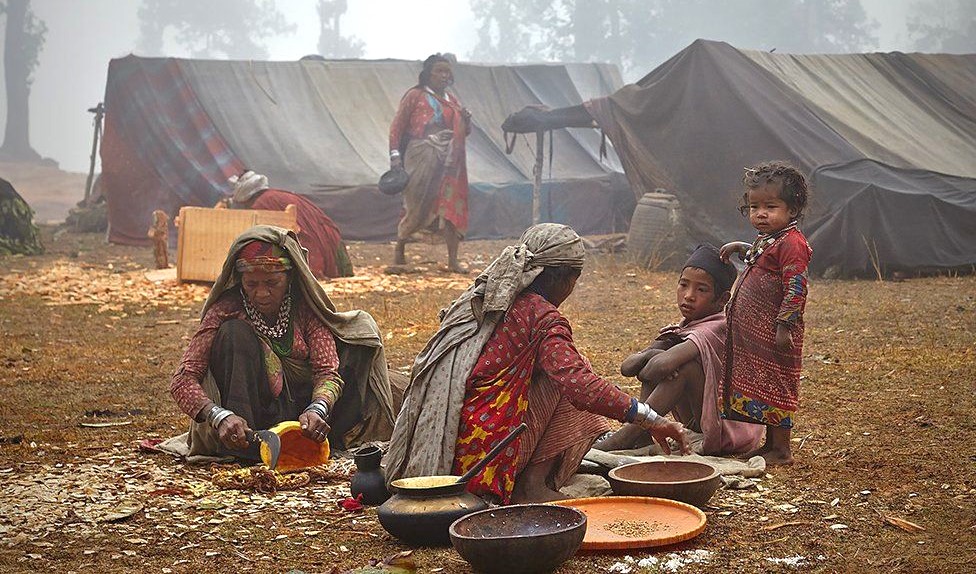
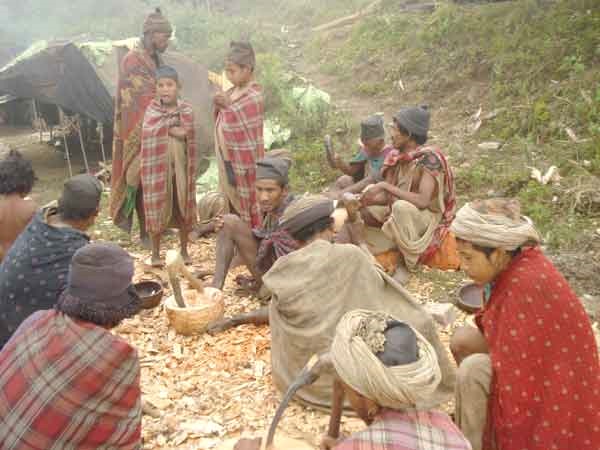
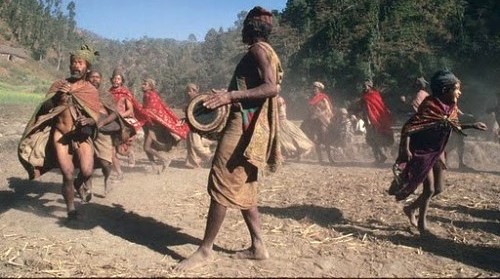
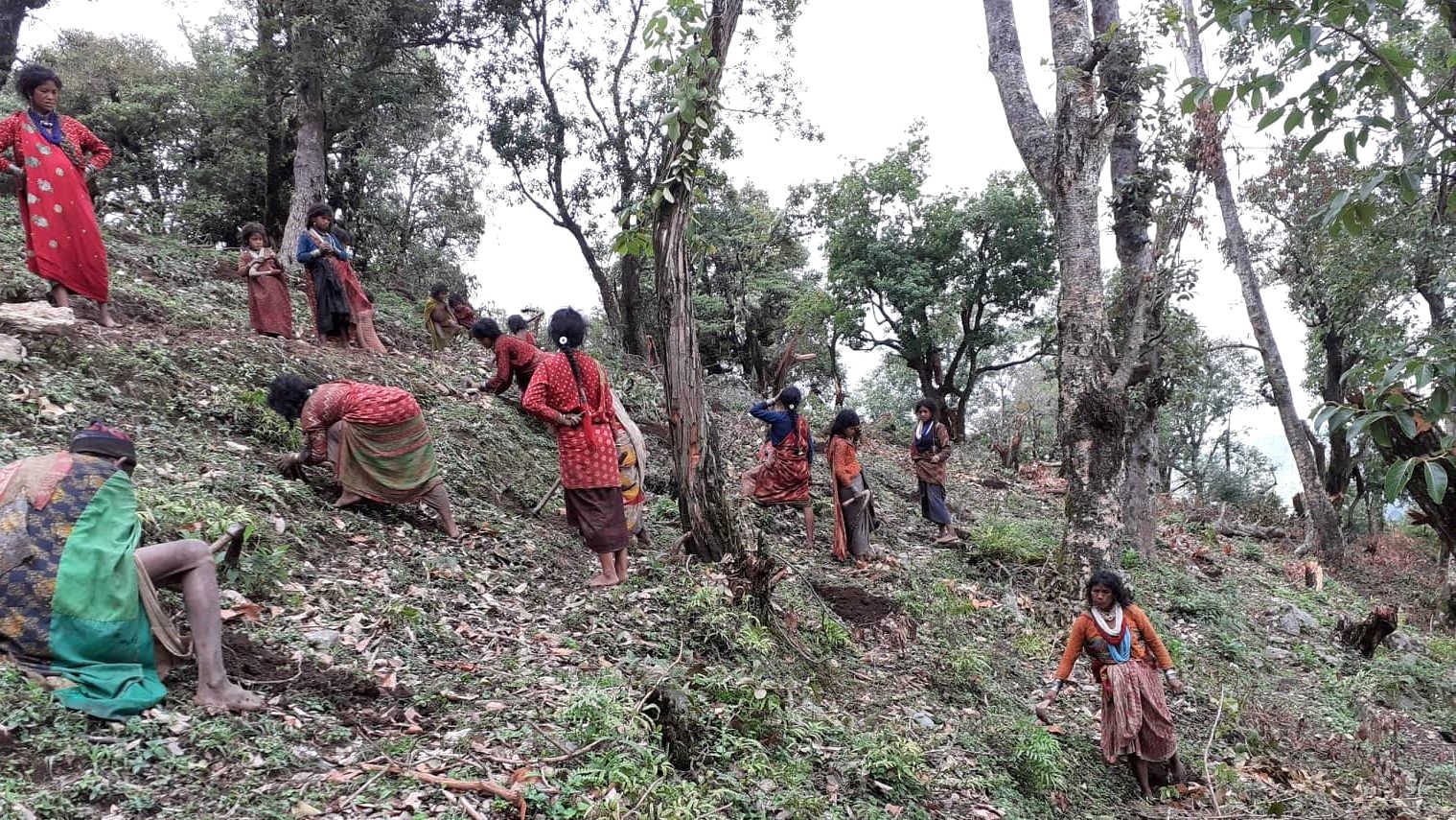
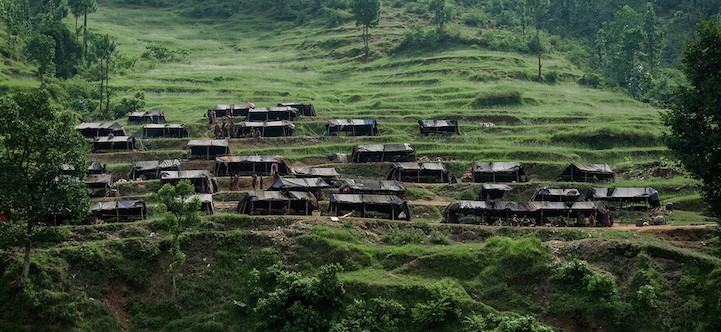
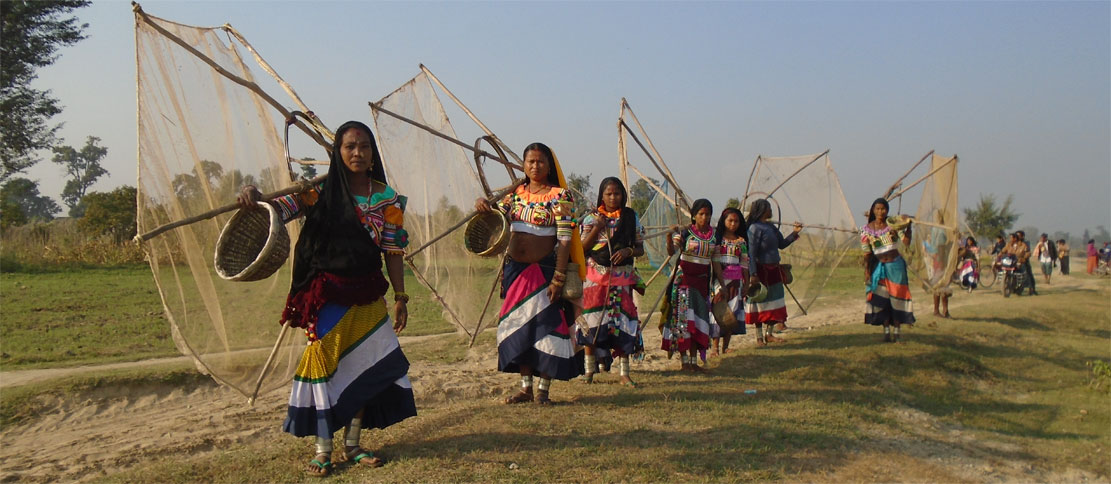
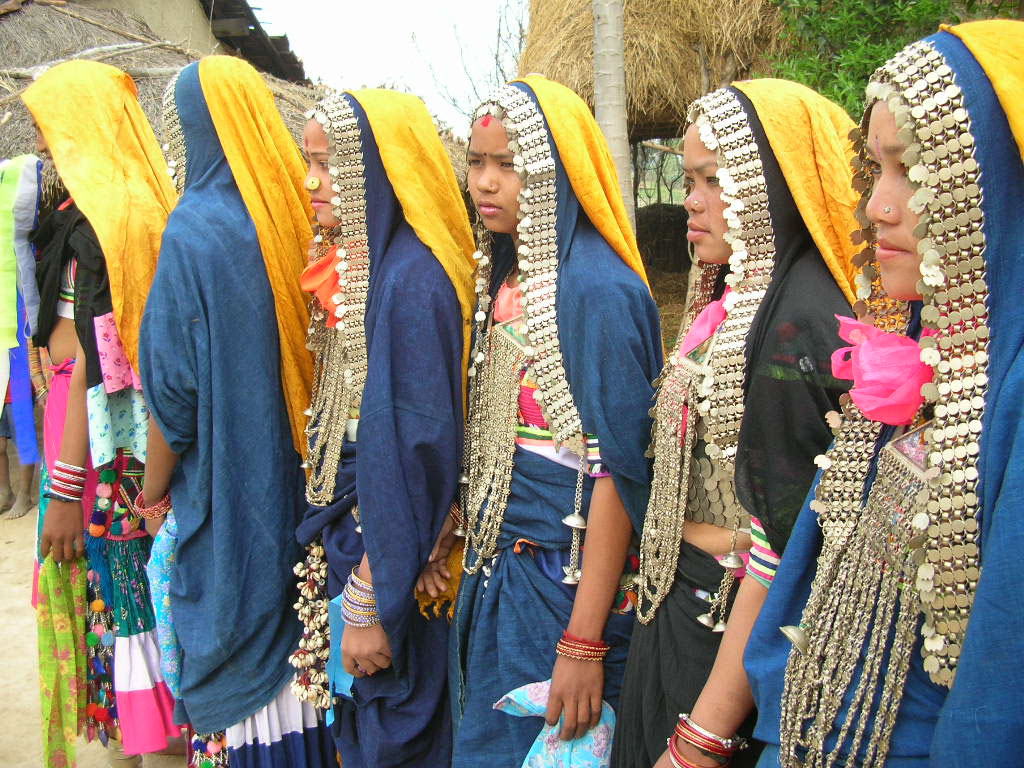
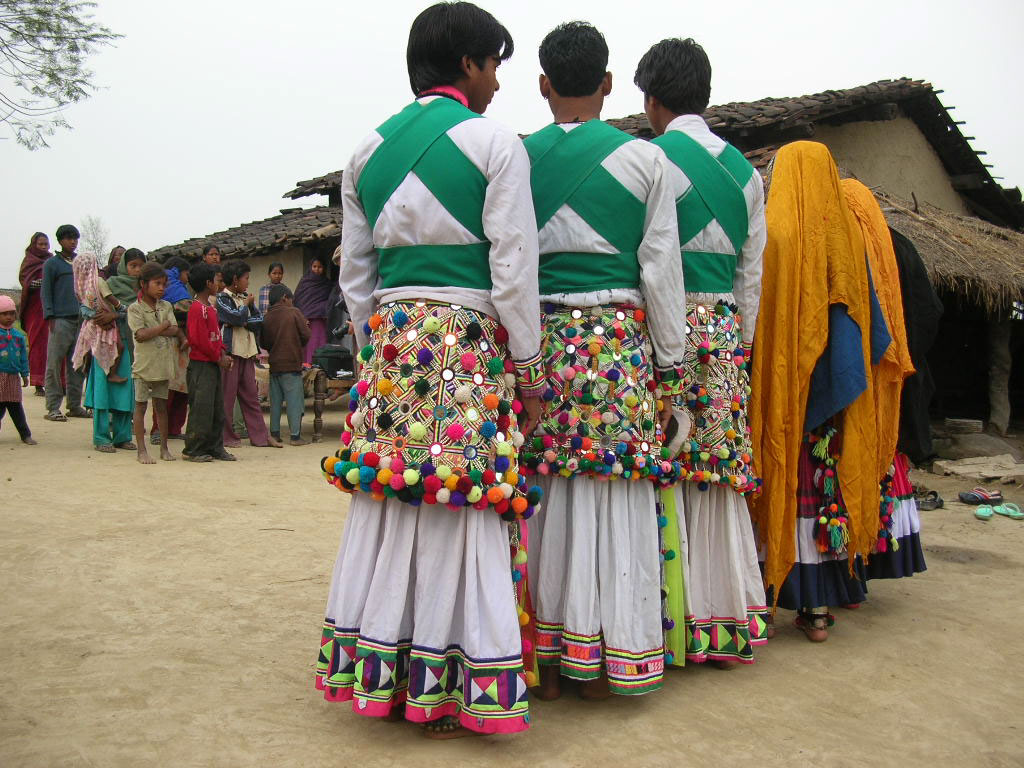
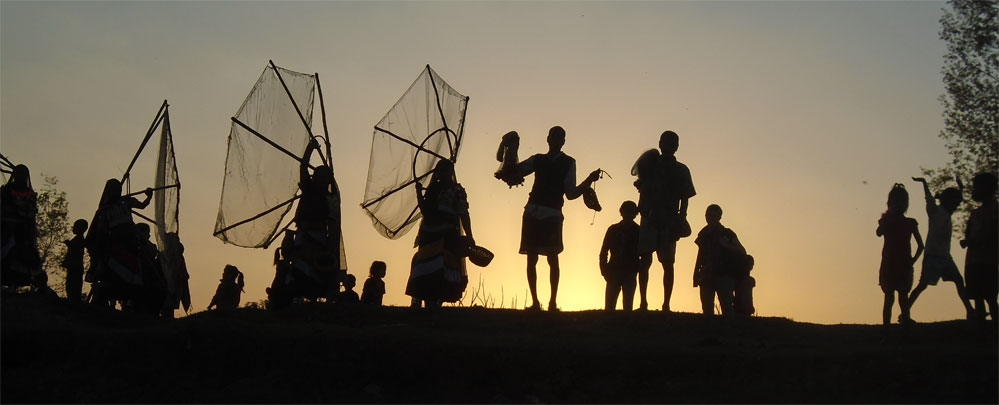
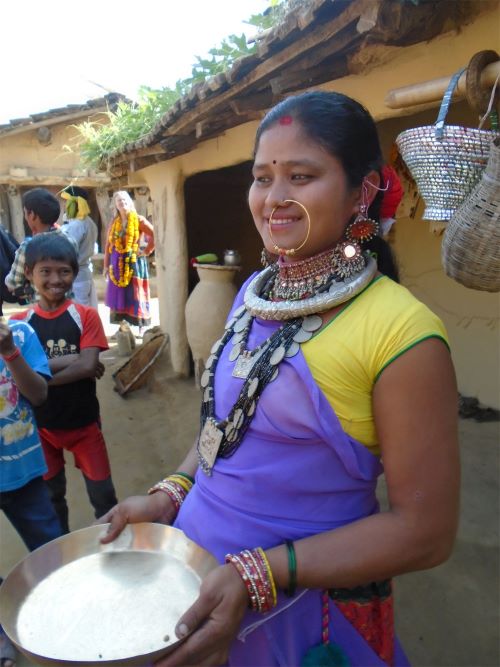
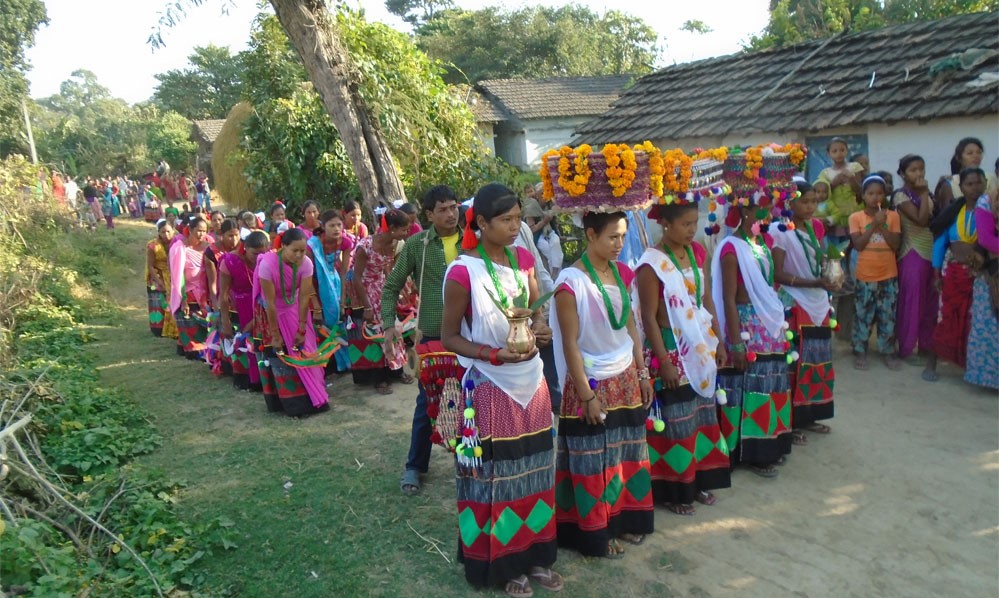
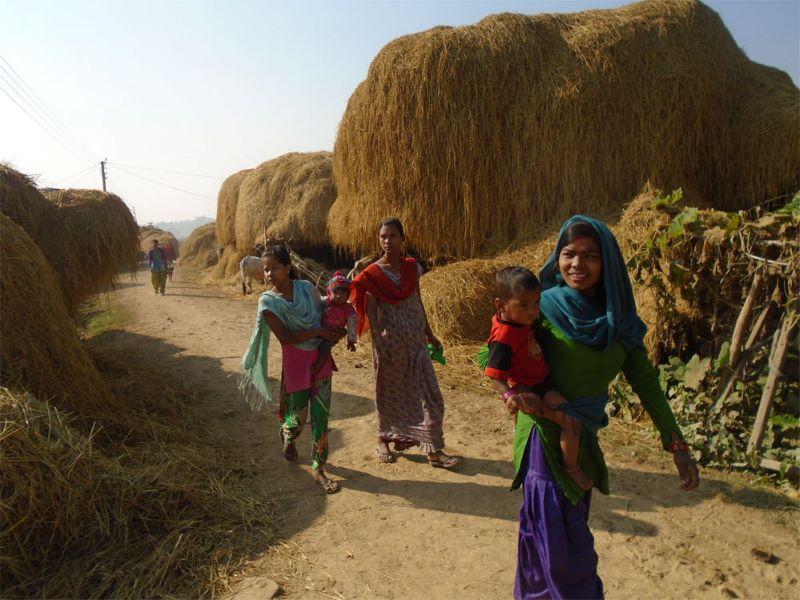
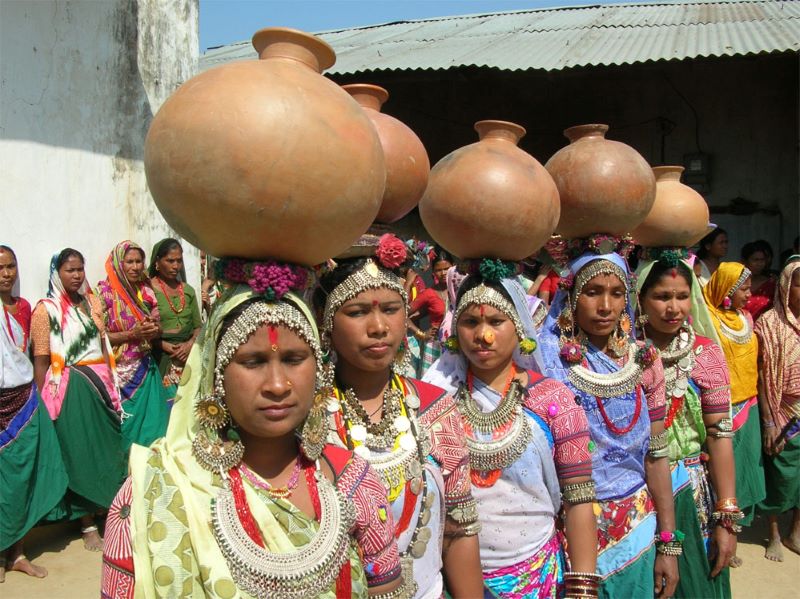
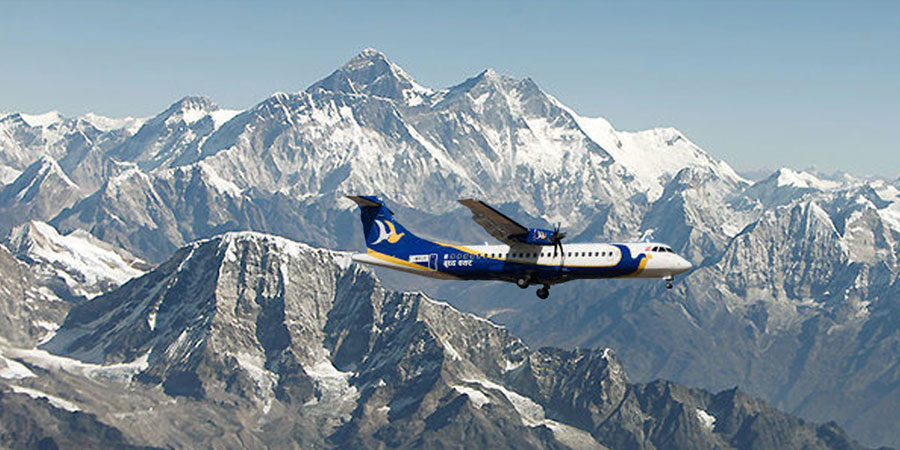
Destination
Activity
Start/End Point
Duration
Grade
Season
Group Size
Hotel/Accomdation
Highest Elevation